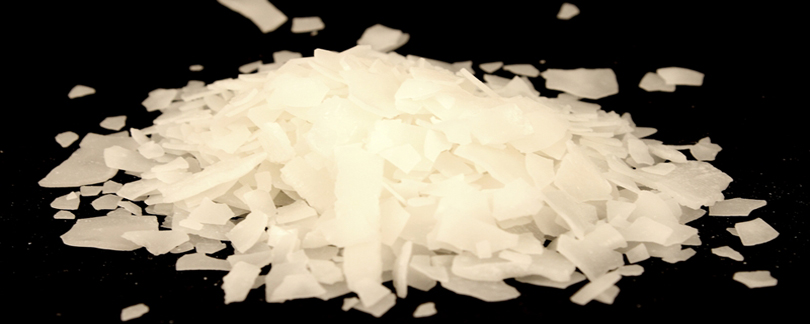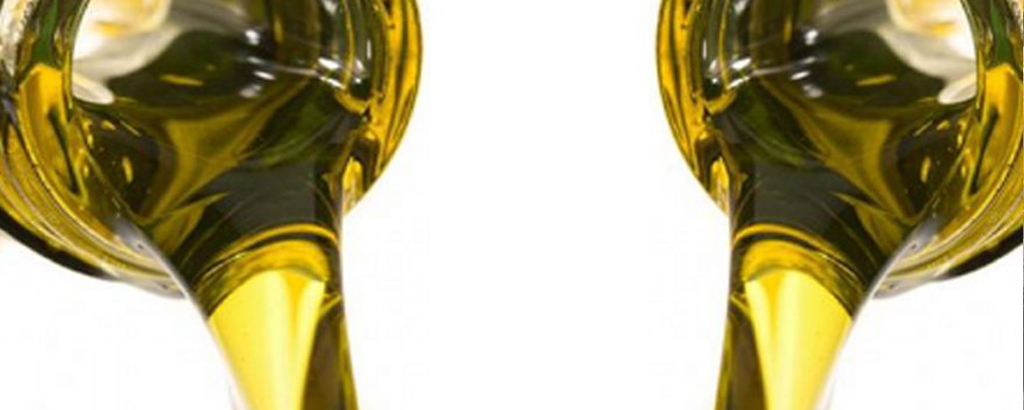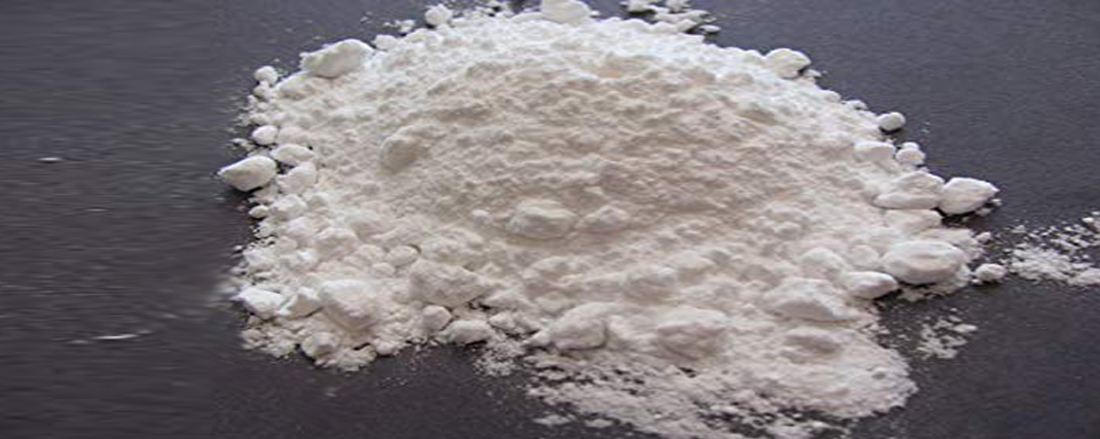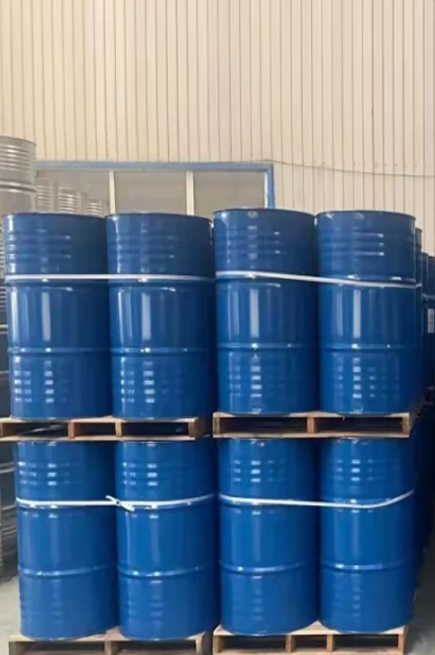Glyphosate is an herbicide. It is applied to the leaves of plants to kill both broadleaf plants and grasses. The sodium salt form of glyphosate is used to regulate plant growth and ripen specific crops.
Glyphosate was first registered for use in the U.S. in 1974. Glyphosate is one of the most widely used herbicides in the United States. People apply it in agriculture and forestry, on lawns and gardens, and for weeds in industrial areas. Some products containing glyphosate control aquatic plants.
RXSOL Agrichem Division is a renowned manufacturer and marketer of products that fulfill the essential nutritional needs of the crops.
Envisioned in the year 1995 Today we take pride in being one of the leading manufacturer of agrochemicals and fertilizer.
Products such as
- Fungicides
- Herbicides
- Insecticides
- Straight Fertilizers
- Micronutrients
- Water Soluble fertilizers
- ORGANIC Fertilizers
FUNGICIDES
Fungicides are pesticides that kill or prevent the growth of fungi and their spores. They can be used to control fungi that damage plants,including rusts, mildews and blights. They might also be used to control mold and mildew in other settings.
1. Mancozeb 75% WP : MAC-THANE80 WP - Mancozeb75% WP is a dithiocarbamate fungicide and affects the nervous system through their main metabolite, carbon disulfide. It is a multisite protective fungicide and inhibits spore germination.
HERBICIDES
A herbicide is a pesticide used to kill unwanted plants. Selective herbicides kill certain targets while leaving the desired crop relatively unharmed. Some of these act by interfering with the growth of the weed and are often based on plant hormones.
- Glyphosate 48% SL
- Metribuzin 70% WP
- Pendimethaline 30% EC
- 2,4-D Amine Salt 58% SL
INSECTICIDES
Insecticides are pesticides that are formulated to kill, harm, repel or mitigate one or more species of insect. Insecticides work in different ways. Some insecticides disrupt the nervous system, whereas others may damage their exoskeletons, repel them or control them by some other means.
- Alphacyermetharin 10% EC
- Lambdacyhalothrin 5% EC
- Cypermethrin 25% EC
- Deltamethrin 2.8% EC
- Deltamethrin 2.5% WP
- Imidaclorid 17.8% SL
- Imidacloprid 30.5% EC
- Imidacloprid 48% EC
- Lambdacyhalothrin4.9%
- Acetamipirid 20% SP
- Emamectin Benzoate 5% SG
- Imidacloprid 70% WG
FERTILIZERS
- Boric Acid
- Borax
- Mono Potassium Phosphate
- Calclum Nitrate
- Urea Phosphate
- Mono Ammonium Phosphate
- Potassium Scheonite
- NPK 19-19-19
- NPK 20-20-20
- NPK 13-40-13
- Ammonium Sulphate
- Zinc Sulphate Monohydrate
- Zinc Sulphate Heptahydrate
- Ferrous Sulphate Heptahydrate
- Ferrous Sulphate Monohydrate
- Magneslum Sulphate
- Potassium Sulphate
- Potassium Nitrate
- NPK 17-17-17
- Calclum Ammonium Nitrate
- Diammonium Phosphate
- Urea
- Manganese Sulphate
Pure glyphosate is low in toxicity to fish and wildlife, but some products containing glyphosate may be toxic because of the other ingredients in them. Glyphosate may affect fish and wildlife indirectly because killing the plants alters the animals' habitat.





